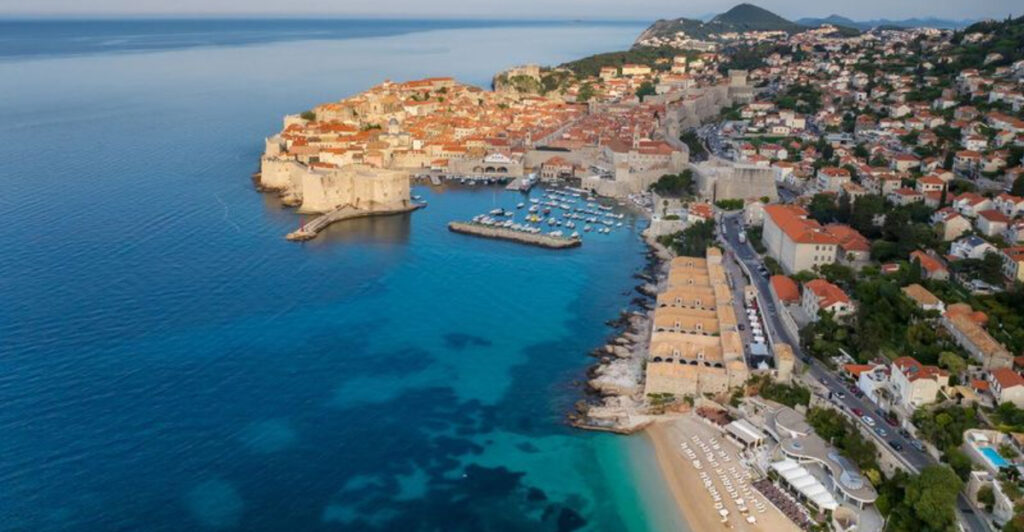Croatia’s stunning coastline and charming cities attract millions of visitors each year, but timing your trip right can make all the difference. Smart travelers know that avoiding peak season crowds means better prices, authentic experiences, and room to breathe while exploring this Mediterranean gem. Whether you’re dreaming of peaceful beaches, historic towns, or vibrant festivals, each season offers its own unique magic. Here are the best times to visit Croatia when you can truly embrace its beauty without fighting through tourist hordes.
1. January-February: Winter Wonderland & Authentic Local Life
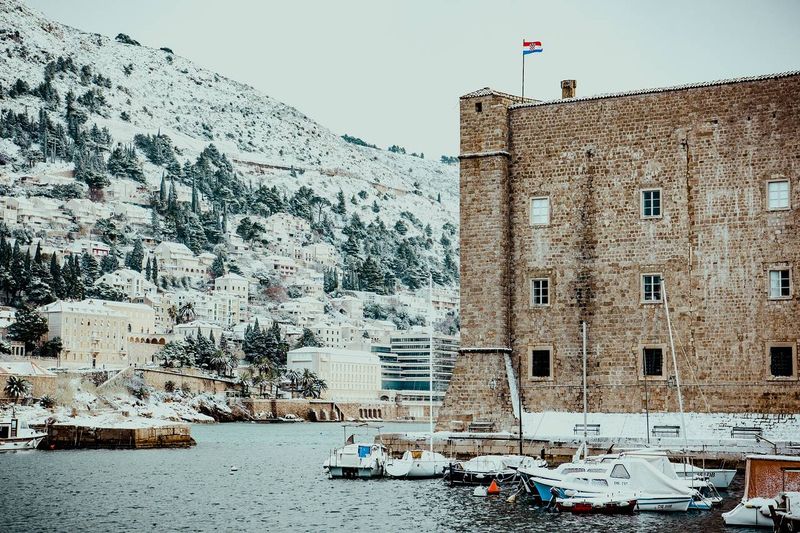
Winter transforms Croatia into a completely different destination where locals reclaim their cities and authentic culture shines through. Dubrovnik’s marble streets glisten without selfie sticks, while Split’s ancient palace becomes a peaceful playground for history lovers.
Sure, swimming isn’t happening, but cozy cafes buzz with local conversations and traditional restaurants serve hearty winter dishes without tourist markups. Zagreb sparkles with festive lights well into February, creating magical evening strolls.
Hotel prices drop dramatically, sometimes by 70%, making luxury accommodations surprisingly affordable. Pack warm clothes and embrace Croatia’s quieter, more genuine side during these peaceful months.
2. March: Early Spring & Lower Prices
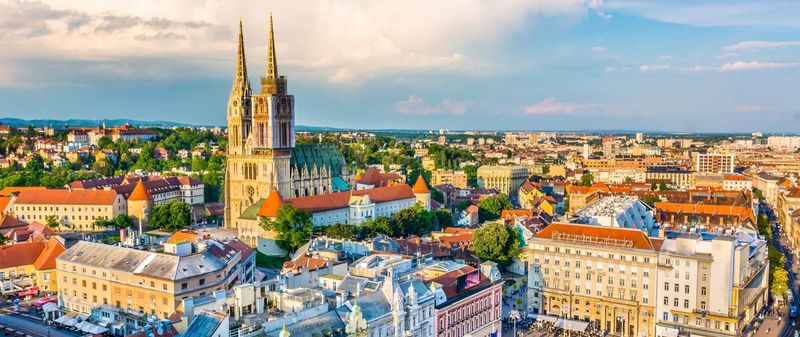
March awakens Croatia from winter slumber with gradually warming temperatures and significantly reduced accommodation costs. Cities become accessible without summer’s overwhelming tourist presence.
Zagreb’s museums and galleries offer unhurried exploration opportunities while cafes begin extending their outdoor seating. Rijeka emerges from Carnival season with renewed energy and spring cleaning.
Walking tours become intimate experiences rather than large group affairs. Local residents reclaim their cities, creating authentic interactions with visitors. Restaurant service becomes personal and attentive without summer’s rushed pace. Cultural sites operate on relaxed schedules, allowing deeper appreciation of Croatia’s rich history and architecture without time pressure or crowded viewing conditions.
3. Late April: Budget-Friendly & Mild
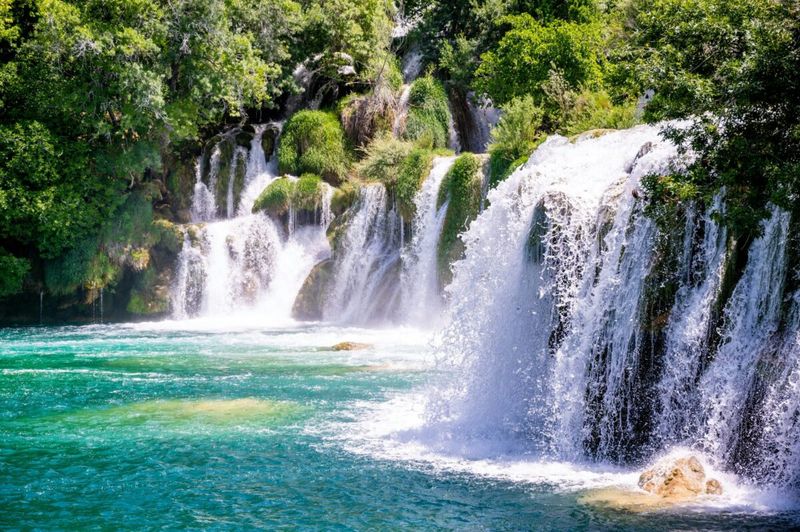
Late April offers Croatia’s best-kept secret for budget-conscious travelers. Hotel rates drop significantly while weather begins warming up from winter’s chill.
Krka National Park showcases its most powerful waterfalls as spring rains and snowmelt create thundering cascades. Hiking trails emerge from winter dormancy with fresh greenery and wildflower carpets.
Local restaurants reopen seasonal menus featuring spring ingredients like wild asparagus and fresh herbs. Tourist infrastructure fully awakens from winter break, but visitor numbers remain minimal. Flight prices stay low, and accommodation booking becomes flexible rather than requiring months of advance planning for decent options.
4. May: Spring Bliss Before the Crowds
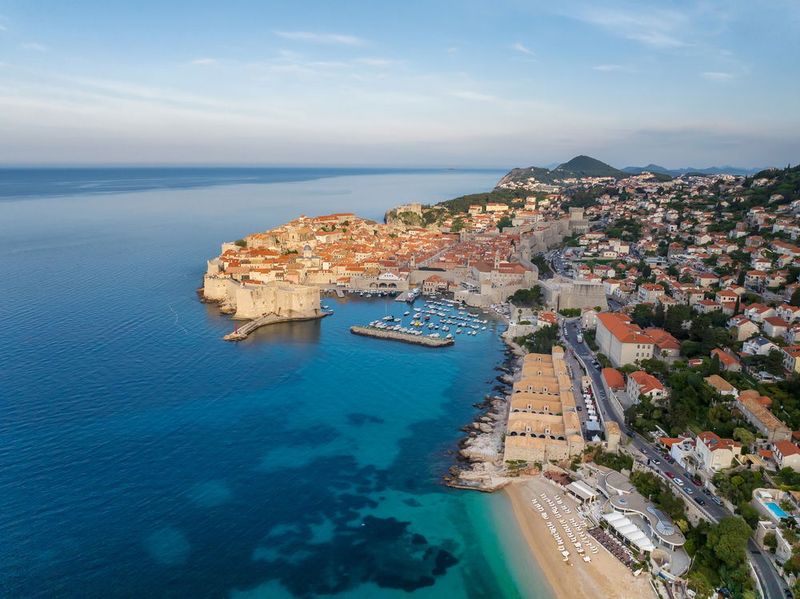
Spring transforms Croatia into a paradise of blooming wildflowers and perfect weather. Temperatures hover between 64-75°F, creating ideal conditions for exploring without breaking a sweat.
Dubrovnik’s ancient walls become your personal playground, while Split’s Roman ruins tell their stories to smaller audiences. Plitvice Lakes showcases its most dramatic waterfalls as snowmelt feeds the cascades.
Restaurant terraces open their doors after winter closure, offering fresh seafood and local wines. Hotel prices remain reasonable, and ferry schedules to the islands begin ramping up for summer.
5. Early June: Sunny Beaches Without the Crowds
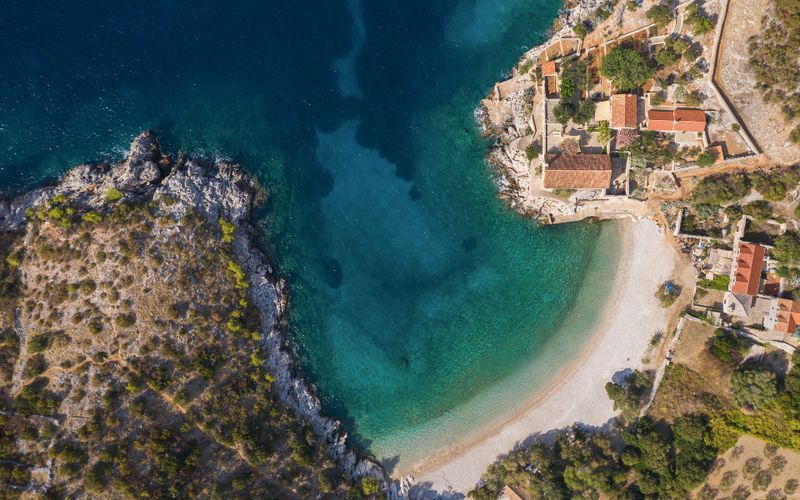
Early June strikes the perfect balance between warm weather and manageable tourist numbers. The Adriatic Sea reaches comfortable swimming temperatures while beaches remain spacious and relaxing.
Hvar’s lavender fields burst into purple waves across the landscape. Beach clubs on Brač island serve cocktails to intimate crowds rather than packed masses.
Ferry connections run frequently but aren’t yet overcrowded with luggage-laden travelers. Local festivals begin appearing in small towns, offering authentic cultural experiences. Restaurant reservations are still possible without weeks of advance planning, and sunset viewings don’t require arriving hours early.
6. July & August: Peak Summer Vibes
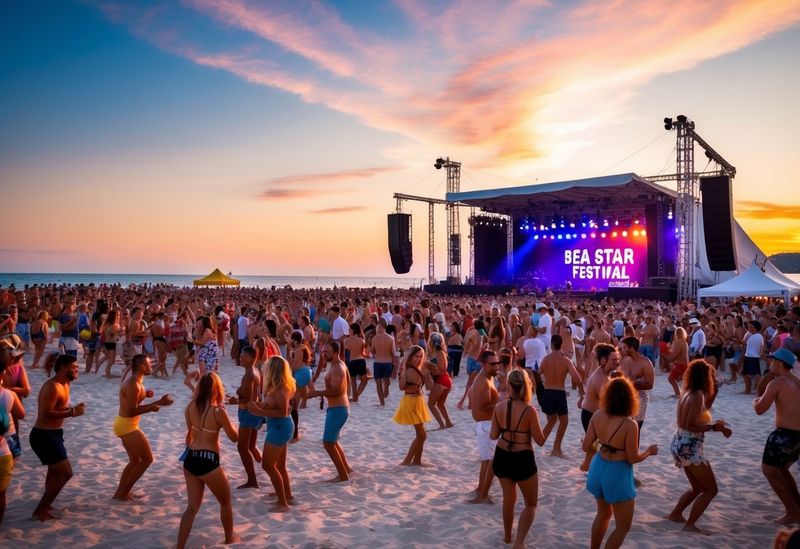
Peak summer delivers Croatia’s most vibrant energy with temperatures soaring to 77-90°F. Beach parties rage until dawn while music festivals transform cities into entertainment capitals.
Ultra Europe Festival turns Split into an electronic music mecca. Pag island’s Zrće beach becomes Croatia’s answer to Ibiza with world-class DJ performances.
Every island becomes accessible through frequent ferry connections and extended operating hours. Nightlife reaches fever pitch with rooftop bars, beach clubs, and outdoor concerts. Restaurant terraces buzz with international energy and extended evening service. Swimming conditions reach perfection, though finding beach space requires strategic planning and early arrival times.
7. September: Golden Autumn & Perfect Weather
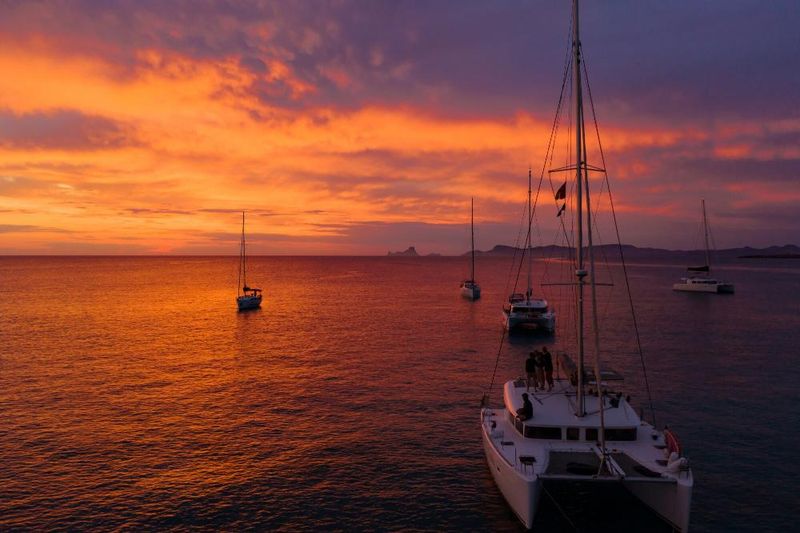
September brings Croatia’s golden hour that lasts all month long. Summer’s heat mellows into comfortable 68-79°F temperatures while the sea retains its warmth from months of sunshine.
Istrian vineyards celebrate harvest season with wine tastings and traditional festivals. Sailing conditions become ideal as strong summer winds calm down to gentle breezes.
Beach restaurants extend their terraces as crowds thin out, creating intimate dining experiences overlooking crystal-clear waters. Photography enthusiasts find perfect lighting conditions throughout the day. Local markets overflow with fresh figs, grapes, and seasonal produce at their absolute peak.
8. October: Peaceful & Picturesque
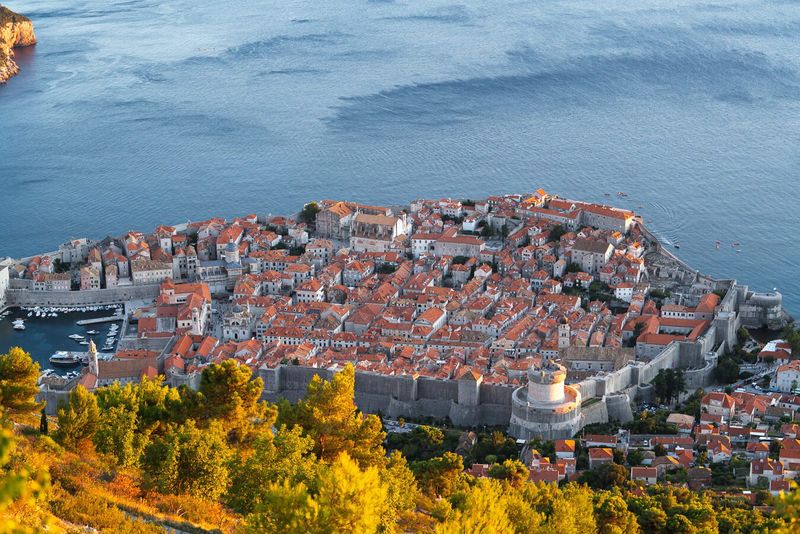
October transforms Croatia into a photographer’s dream with golden light and comfortable 59-70°F temperatures. Summer’s intensity fades into mellow warmth perfect for extensive walking and cultural exploration.
Dubrovnik’s marble streets reflect autumn sunshine without the crushing summer crowds. Museum visits become leisurely experiences rather than rushed affairs between packed tour groups.
Hiking trails offer stunning views without summer’s oppressive heat. Local markets feature seasonal specialties like chestnuts and late-harvest fruits. Restaurant patios provide cozy dining experiences with blankets and heaters extending outdoor season. Ferry schedules still operate regularly to major islands while maintaining reasonable passenger loads.
9. Late October-Early November: Golden Autumn & Perfect Temperatures
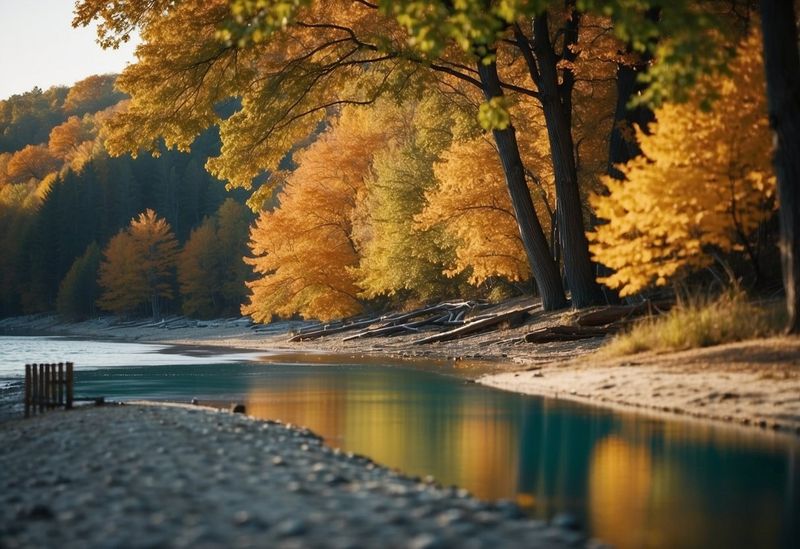
Late autumn delivers Croatia’s best-kept secret: warm Mediterranean days with crisp, comfortable evenings perfect for exploration. Sea temperatures remain swimmable through October, while hiking trails offer stunning views without summer’s scorching heat.
Harvest season brings wine festivals and local celebrations, giving visitors authentic cultural experiences impossible during crowded summer months. Restaurants focus on seasonal specialties, and locals have time for genuine conversations with curious travelers.
Accommodation prices plummet after October’s first week, yet weather stays reliably pleasant with sunny days reaching 70°F. Flight deals abound as airlines compete for off-season travelers, making this window incredibly budget-friendly.
10. December: Magical Christmas Markets
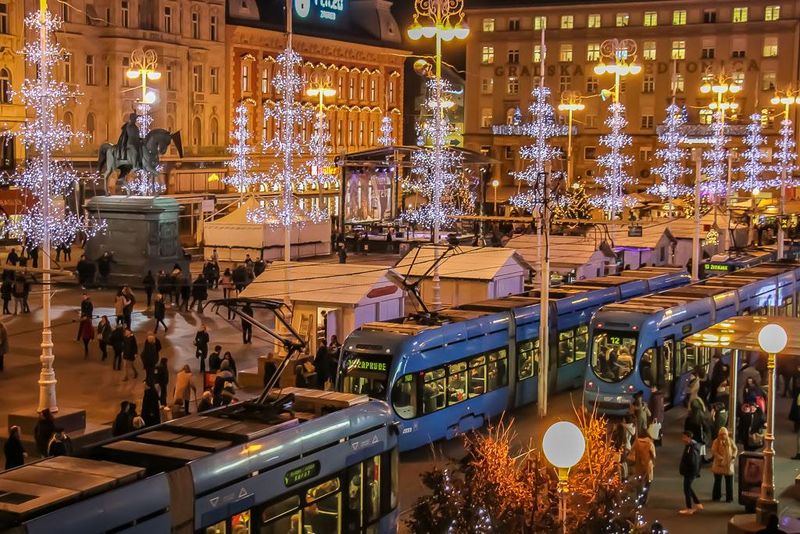
December transforms Zagreb into a winter wonderland that rivals Europe’s most famous Christmas destinations. Advent markets fill Ban Jelačić Square with twinkling lights and aromatic mulled wine.
Ice skating rinks appear in city centers while carol singers perform traditional Croatian songs. Local artisans sell handcrafted ornaments and traditional sweets like fritule and orahnjača.
Hotel prices drop to yearly lows while restaurants serve seasonal specialties by crackling fireplaces. Cultural events multiply with concert halls hosting holiday performances. Snow occasionally dusts the coastal regions, creating magical scenery rarely seen by summer visitors. Thermal spas provide perfect winter retreats after exploring festive outdoor markets.

